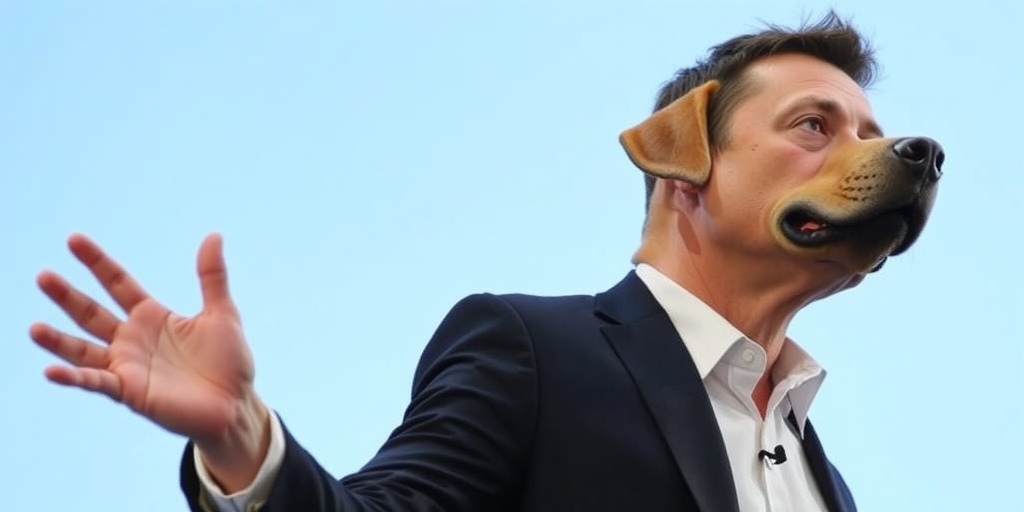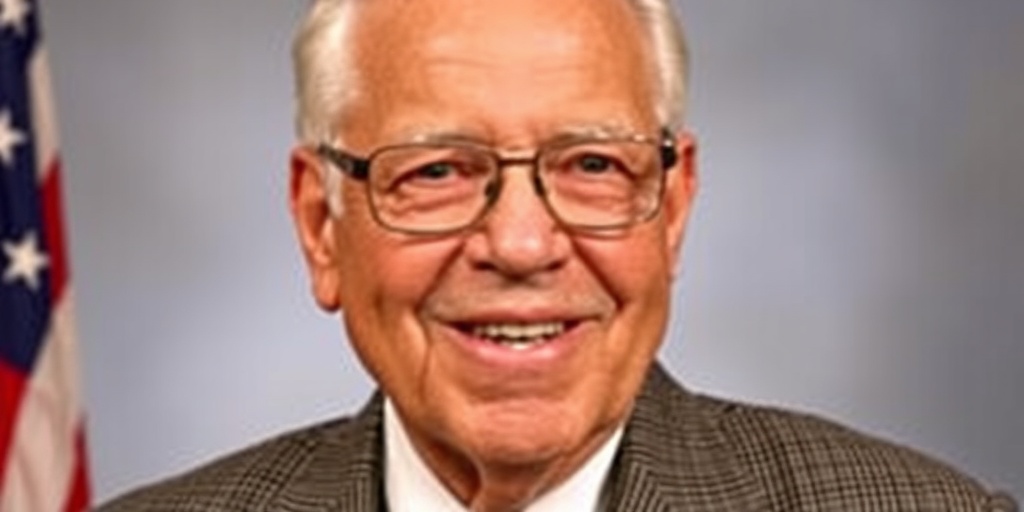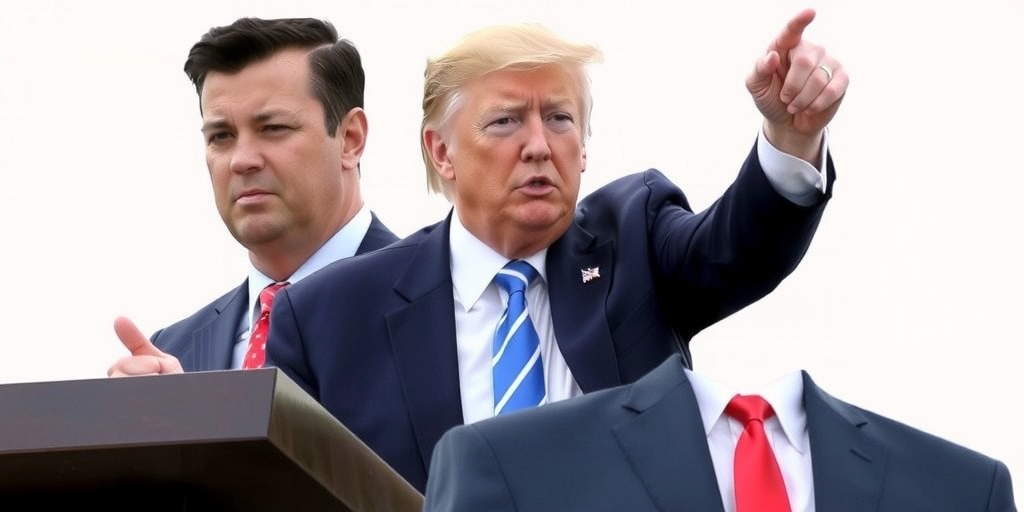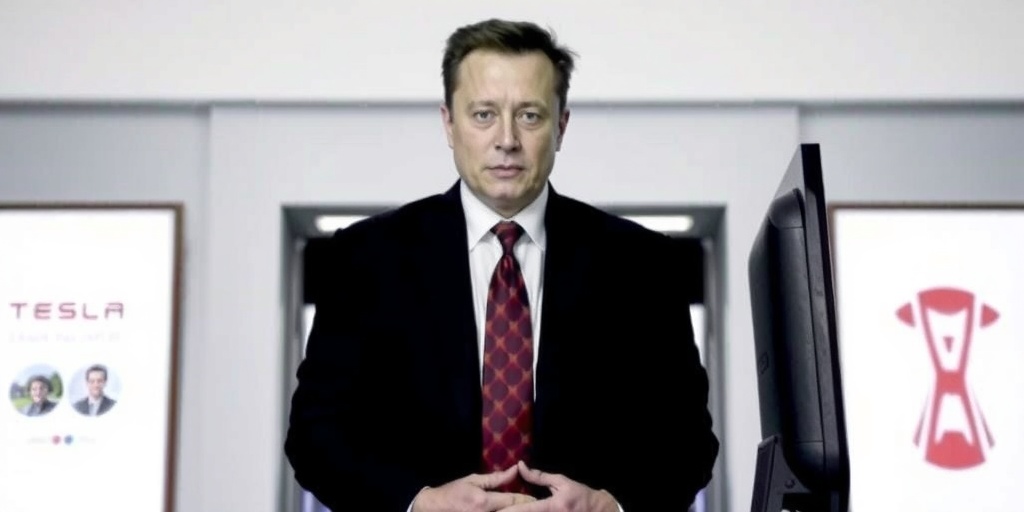Now Reading: Elon Musk’s DOGE Venture: A Timeline of Key Developments
-
01
Elon Musk’s DOGE Venture: A Timeline of Key Developments
Elon Musk’s DOGE Venture: A Timeline of Key Developments

Elon Musk’s Radical Plans to Overhaul the Federal Bureaucracy: From Dinner Party Musings to a Major Initiative
In an unexpected turn of events, billionaire entrepreneur Elon Musk has emerged as a pivotal figure in a proposed overhaul of the federal bureaucracy in the United States. Initially, Musk had little knowledge of the intricacies of the federal government, but following Donald J. Trump’s invitation last year to lead a governmental efficiency commission, he has plunged headfirst into the complexities of public administration.
According to an in-depth investigation by The New York Times, which consulted over 60 sources acquainted with Musk’s approach, he embarked on a journey to reform the bureaucracy through strategic meetings in Palm Beach, Florida. With a thirst for knowledge, Musk was educated on the operational elements of the executive branch by influential conservative figures such as Stephen Miller and Russell T. Vought, who currently hold significant positions within the Trump administration.
Understanding the Bureaucratic Landscape
While at the Mar-a-Lago club post-election, Musk educated himself in the workings of the government. He quickly recognized the benefits of an insider strategy rather than following traditional approaches like forming a commission to propose recommendations. Instead, Musk sought direct engagement within the government systems, focusing on the little-known yet influential U.S. Digital Service. This agency was established in 2014 by President Barack Obama to address hampered digital operations in various governmental sectors, particularly exposed during the troubled rollout of healthcare.gov.
By leveraging the U.S. Digital Service, Musk’s team aimed not just to navigate through bureaucratic challenges but to revolutionize how federal operations are run. The plan was ambitious: identify inefficiencies, tackle technology problems, and eventually implement sweeping reforms to dismantle what he perceives as outdated structures within the government.
Pushing for Radical Changes
Known for his assertive style, Musk expressed his impatience regarding the warnings from his advisers about the need for significant legal guidance to navigate executive orders and other federal regulations. He pressed for bold measures to reduce the federal workforce, reflecting his inclination towards aggressive reform seen in his other ventures, such as his management of Twitter.
Musk’s efforts, however, were not initiated during Trump’s tenure alone. His team’s groundwork began even while Joe Biden was still president, ensuring a smooth transition and ready-made strategies to be implemented on the first day of the Trump administration. A crucial figure who facilitated this strategy was Amy Gleason, a veteran of the Digital Service who returned as a senior adviser, strategically positioned to assist during the transition of power.
Musk and his allies dispersed throughout various government departments during the transition phase, acquiring vital intelligence on existing computer systems, government contracts, and personnel. This groundwork placed them in an advantageous position to influence the governmental landscape on Inauguration Day.
The Genesis of the Department of Government Efficiency (DOGE)
What initially began as casual conversations at a dinner party has evolved into a significant initiative termed the Department of Government Efficiency (DOGE). The name itself, inspired by the popular meme cryptocurrency Dogecoin, was brought to light during a sequence of tweets and public discussions throughout 2024. Musk’s vision of the efficiency commission took shape throughout the year, gaining traction as he communicated with various stakeholders, including Trump himself.
Key moments included Musk’s podcast appearance in August 2024, where he proposed the establishment of a government efficiency commission aimed at ensuring taxpayers’ money is utilized effectively. His notion resonated strongly and quickly garnered attention both from the public and Trump’s camp, culminating in a formal announcement by Trump in November 2024.
The transition from concept to action continued to intensify as the announcement clarified the roles within DOGE. Initially, Musk was joined by fellow tech entrepreneur Vivek Ramaswamy in leading this initiative, emphasizing a direction towards practical recommendations from outside the government framework.
Building the DOGE Team
On Inauguration Day in January 2025, one of Trump’s first executive moves was the formal establishment of DOGE, delegating its leadership to Musk. New recruits, including young engineers who had previously engaged with the U.S. Digital Service, were brought on board to reshape federal technology and efficiency.
The new leadership spearheaded an aggressive recruitment campaign, targeting high-IQ individuals willing to invest significant hours in cost-cutting efforts. This call for talent attracted interest from numerous applicants keen to participate in this unprecedented endeavor.
Conclusion
Elon Musk’s foray into government reform highlights a distinctive blend of corporate efficiency philosophy and ambitious technological aspirations. By leveraging his influence and strategic partnerships within the government, Musk aims to instigate significant changes within the federal bureaucracy, a task that, if successful, could reshape how American governance operates in an increasingly digital age. As DOGE gains momentum, the implications for future governance and public administration remain to be seen, but the excitement surrounding Musk’s potential reforms is undeniably transformative in its scope.
Stay Informed With the Latest & Most Important News
Previous Post
Next Post
-
 01New technology breakthrough has everyone talking right now
01New technology breakthrough has everyone talking right now -
 02Unbelievable life hack everyone needs to try today
02Unbelievable life hack everyone needs to try today -
 03Fascinating discovery found buried deep beneath the ocean
03Fascinating discovery found buried deep beneath the ocean -
 04Man invents genius device that solves everyday problems
04Man invents genius device that solves everyday problems -
 05Shocking discovery that changes what we know forever
05Shocking discovery that changes what we know forever -
 06Internet goes wild over celebrity’s unexpected fashion choice
06Internet goes wild over celebrity’s unexpected fashion choice -
 07Rare animal sighting stuns scientists and wildlife lovers
07Rare animal sighting stuns scientists and wildlife lovers





















